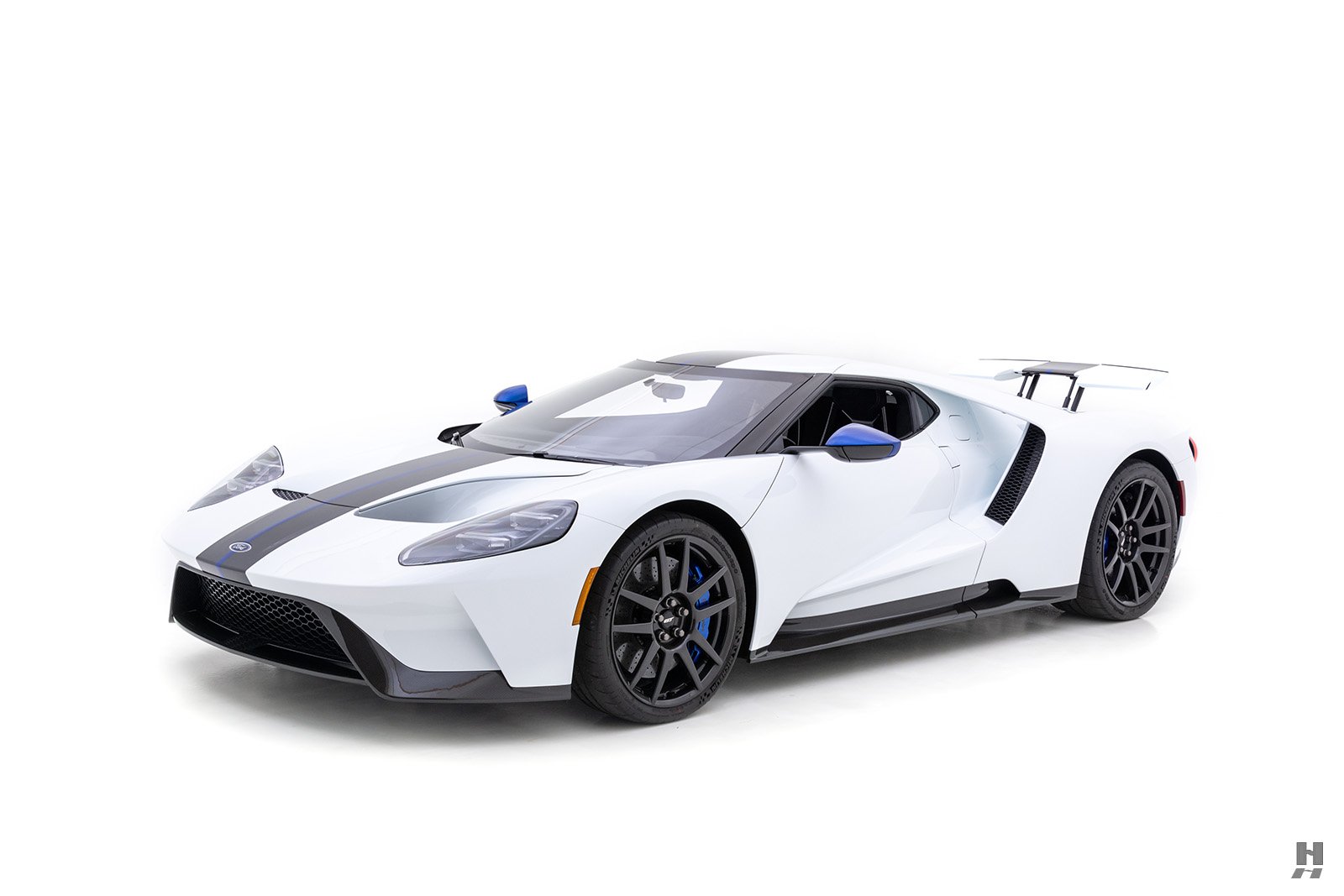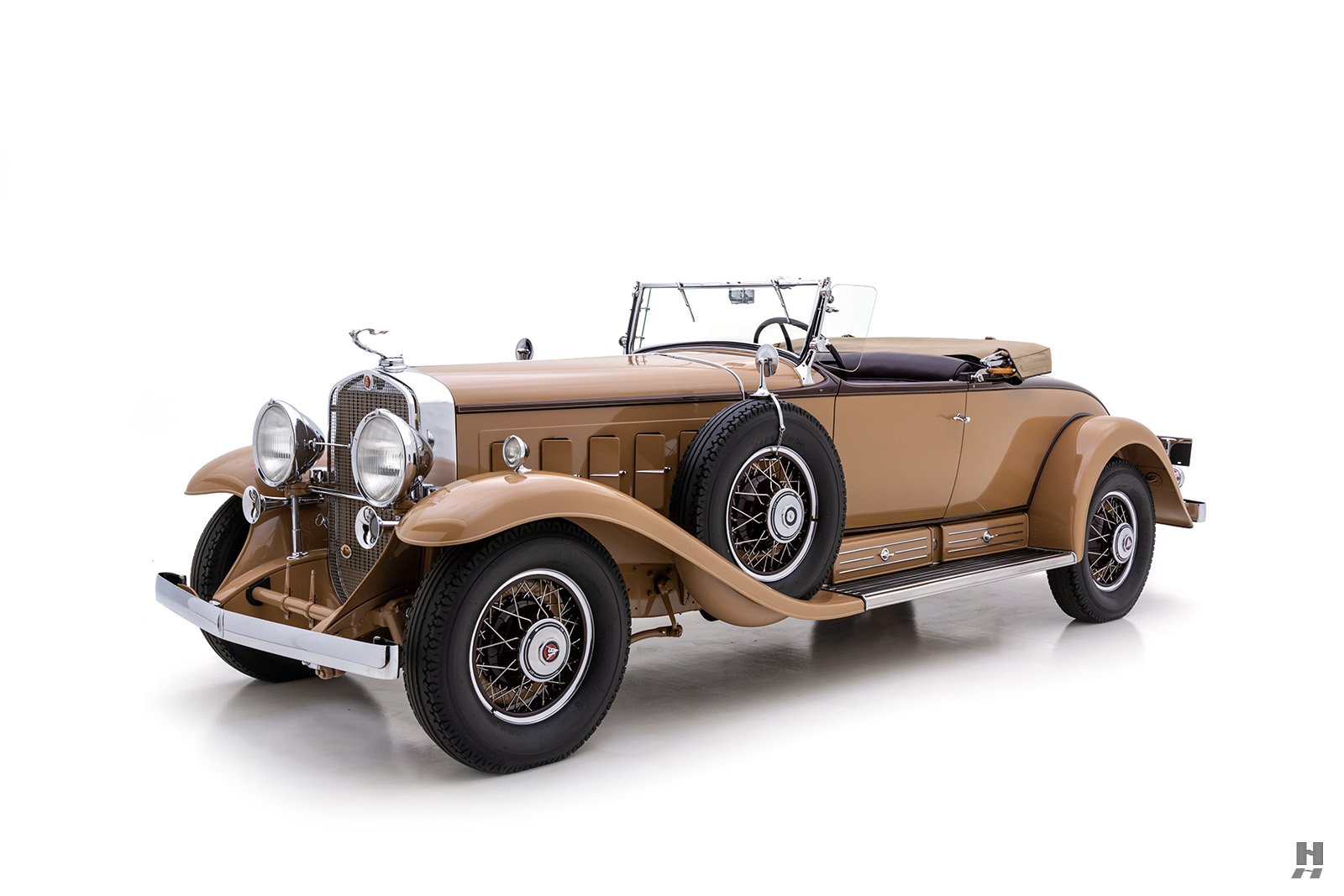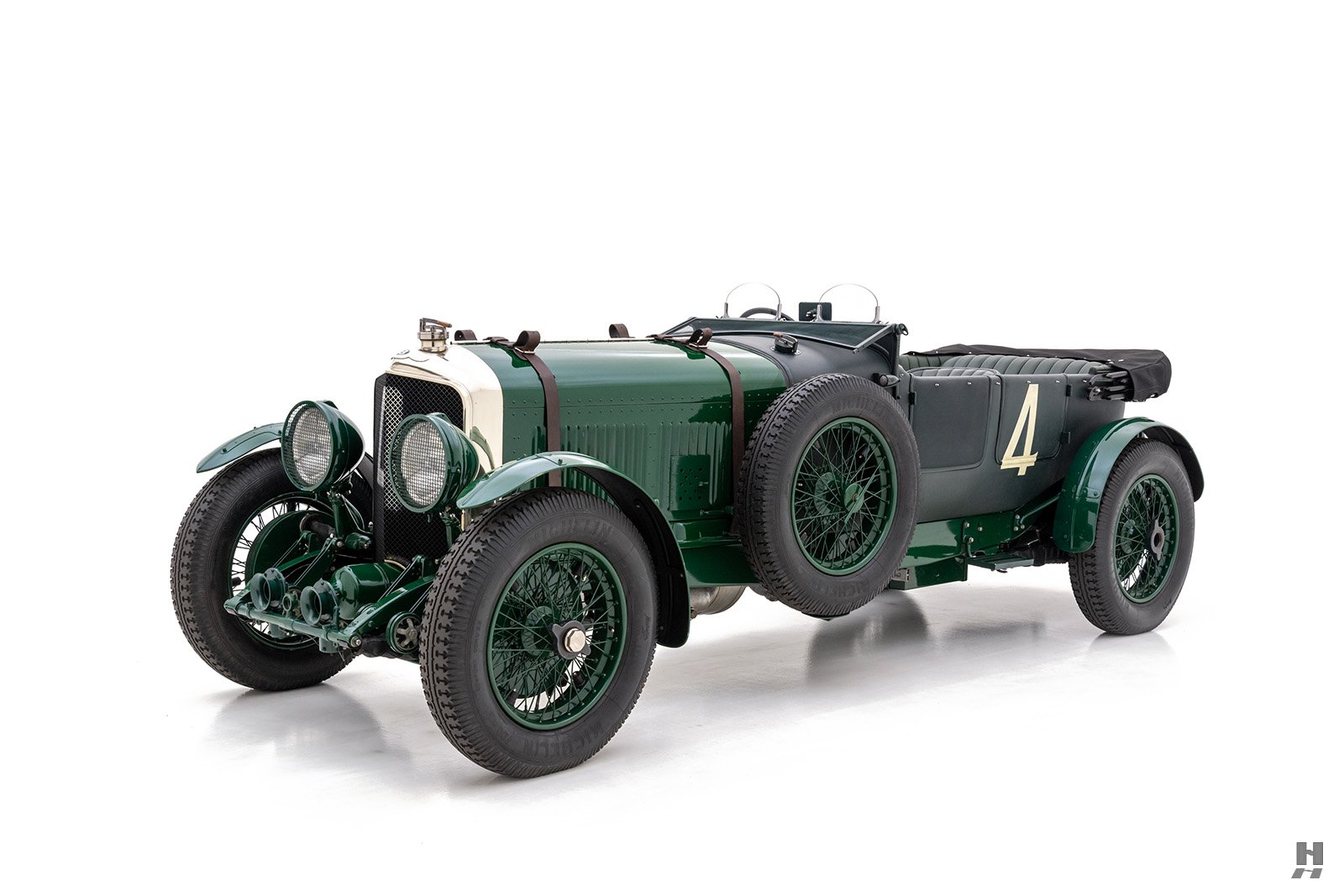The glamorous life of travel, high fashion, and social status in the 1920s and ‘30s required a gusher of money. Gatsby-esque wealth was made by individual business tycoons, handed down as old money, royalty, movie stars or those who had simply been fortunate enough to marry into a family that allowed a life of extravagance. Among the vacation houses and resorts, a definite social requirement of the upper echelon was to have the finest bespoke automobiles in their carriage houses.
Finest among those automobiles was the Duesenberg Model J. Each one was built to special order for the most discriminating owners, embodying all the features and principals which made the name Duesenberg synonymous with the utmost in quality. Largely recognized in period as the world’s finest automobile, the new Duesenberg Model J had at its core a massive 420-cid, 265 horsepower dual overhead camshaft straight eight-cylinder engine. Under E.L. Cord’s management, Fred Duesenberg’s masterpiece delivered otherworldly performance that no other car of the time could match. With double the horsepower of any other motorcar of the era, it equally outclassed all others in smoothness, ease of handling, riding quality, comfort, longevity and luxury. No other car of this Classic era was considered so easy to handle or so pleasant to drive, nor did any other car have as much horsepower, or ease of performance. Its speed, not even closely approached by others that had been considered fast, was merely the inevitable byproduct of Duesenberg’s aim to build superfine cars with wholly unmatched performance and extraordinary durability. Duesenberg proclaimed an unswerving devotion to one ideal:
“To produce the best, forgetful of cost or expediency or any other consideration. A Duesenberg definitely excels every other automobile in the world, in every way.”
It has been said that the most distinctive of all Duesenbergs are the few, exclusive models that were assembled by the great European coachbuilders; amongst them you will find Letourneur & Marchand, Hibbard & Darrin, Fernandez & Darrin, Saoutchik, Figoni, Graber, Van den Plas and Franay of Paris. Given their unparalleled stature, Duesenbergs bodied in Europe received the coachbuilders’ most extravagant and beautiful designs. This stunning example crafted by Jean-Baptiste Franay is no exception and its amazing appeal is only rivaled by the air of mystery, intrigue and excitement surrounding its first owner; Mabel Boll, who was known as Countess Proceri by the time she took delivery of her magnificent Duesenberg J.
The daughter of a Rochester bartender, Mabel Boll was widely known in her day as the “Queen of Diamonds” for she loved not only to purchase jewels, but to flaunt them publicly. A natural beauty, her first job was selling cigars in a Rochester bar until she married businessman Robert Scott in 1909 and was well on her way to the top of the social ladder. In 1922 she married again to a Colombian coffee magnate, Hernando Rocha, who presented her with more than $1 million in jewels and a 46.57-carat emerald-cut diamond bearing her name. Boll collected nicknames like she collected jewelry: in 1921 she was hailed by newspapers as "Broadway's most beautiful blonde." When she married the Colombian coffee king in 1922 the press referred to her as the "$250,000-a-day bride." The "Queen of Diamonds" moniker became popular as she often appeared in public wearing much of her jewelry. It was said that the rings she wore on her left hand alone were worth more than $400,000, which would equate to approximately $5 million in today's dollars. In April 1931, Time magazine recorded the marriage of Mabel “Queen of Diamonds” Boll to Count Henri de Porceri, who was born in Poland and became a U.S. citizen. They were married in Paris and traveled extensively. In early 1934, the Countess acquired Duesenberg J-365 wearing this fabulous and distinct Sunroof Berline body by Franay.
According to Ray Wolffe, the well-respected late Auburn, Cord, Duesenberg historian, this chassis was delivered new to France and it appears to have been first fitted with town car coachwork by the French firm of Kellner. For reasons unknown, the car was not sold in this configuration and the body is thought to have later been fitted and sold as J-516, also on a long wheelbase chassis. In August 1931, the J was adorned with new “sports sedan” coachwork by Franay, with a rare for Duesenberg sliding sunroof, divider window and fully-skirted rear fenders. In this new configuration the car was exhibited at the October 1931 Paris Salon with two-tone paintwork. A year later the car was again back at the Paris Salon, but this time it was painted in just one color.
Following the death of Mable Boll, very little is known of the car again until the early 1950s when retired schoolteacher, Henri Beaud of Villeneuve, owned it. In the late 1950s the car was purchased in a partnership between Henri M. Petiet and Serge Pozzoli. Pozzoli is said to be one of the first in France to realize the historical importance of this motorcar. From 1965 until 1971, Paul Badre of Paris was its custodian, at which time Marc Nicolosi brokered the car to Gavin S. Herbert of Newport Beach, California. In 1974 the car changed hands again, selling briefly to Jonnie Bassett before ending up with Ray Egidi of Florida who immediately had the car restored.
A year later the car sold to well-known jeweler Marvin Cohen of Chicago, Illinois, who carried out a major concours quality restoration in 1975 with some modifications to enhance the car’s overall appearance. This included accentuating the sloping roof and body line by taking off the built-in trunk, lengthening the hood, replacing the side louvers with signature Duesenberg chromed screens and side exhaust, special cabinetry on the back of the front seat and painting the body in its current magenta shade. Mr. Cohen sold the vehicle at auction to Patrick Ryan in 1988 and only two have owned this impressive Duesenberg J since.
Today, J-365 remains a stunning example of 1930s beauty and refinement; it is believed to be one of only two Duesenbergs originally built with a sunroof. Other unique features include the hinged windscreen, divider window, chromed-cover dual sidemounts, luggage rack, skirted fenders, driving lights, chromed wire wheels, ornate rear woodwork with bar, crystal and instrumentation, plush leather interior, engine-turned dash fascia and desirable sweep-hand speedometer and tachometer amongst the standard and very complete Duesenberg instrument set.
Mabel Boll's magnificent Duesenberg is seen and recognized in the majority of important publications on the marque and will be welcomed by most clubs and events for this era of motorcar. Period photos reveal the car during its early years abroad and relate its well-known history as it remains with most features from this wonderful record of presentation. This is an important, exquisitely styled motorcar that carries with it the legacy of a glamorous, fascinating woman; both being enduring symbols of a bygone era.
For more information on finding a classic Duesenberg Model J or on our car consignment program, contact our car specialist today! We're here to help.
Sorry this car has been sold. Are you looking to buy or sell a car like this? Contact a representative
For immediate assistance please call us at +1-314-524-6000 or please fill out the following form and a member of our team will contact you.
































